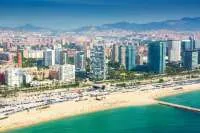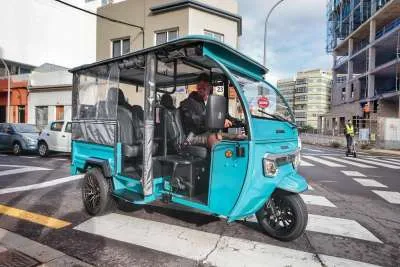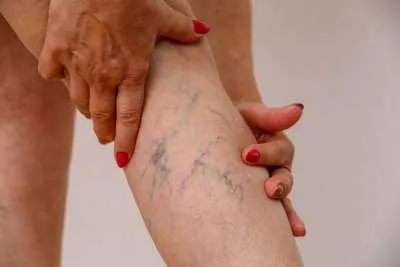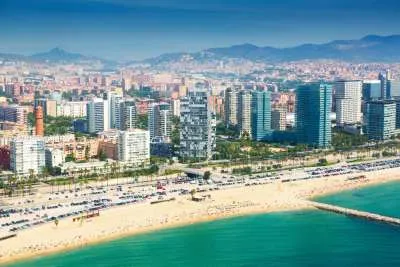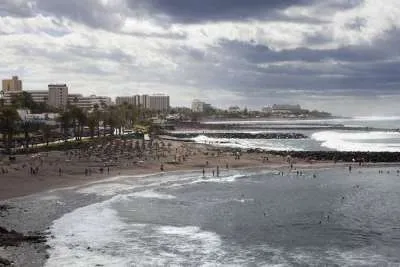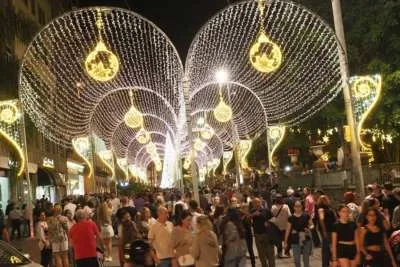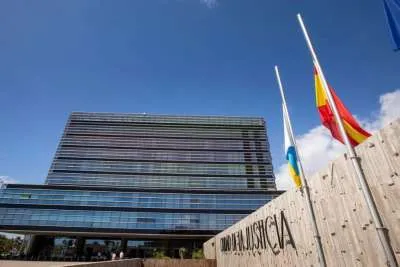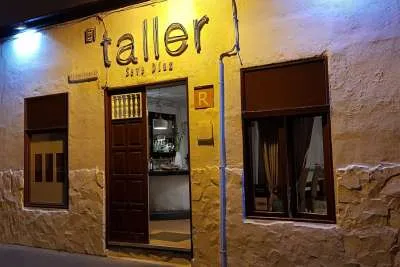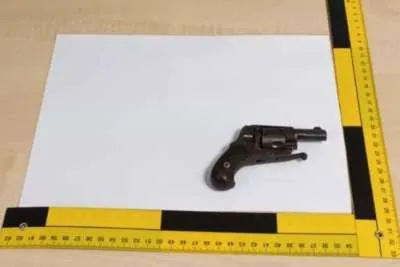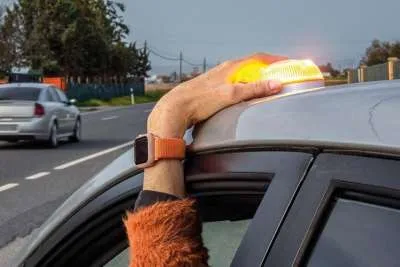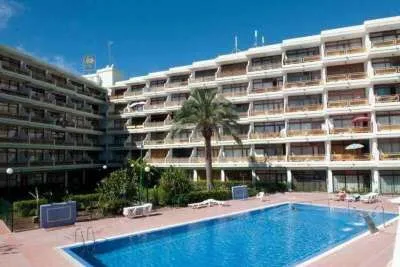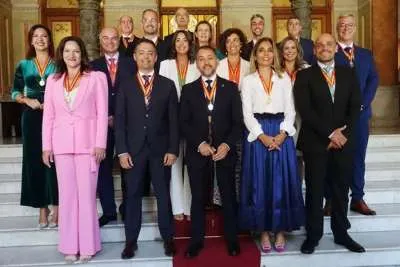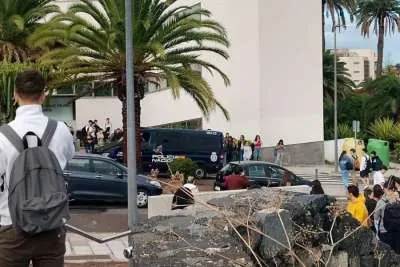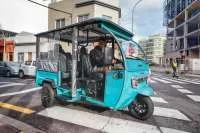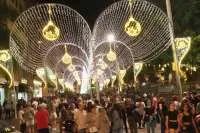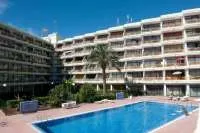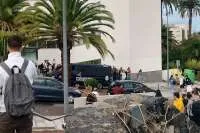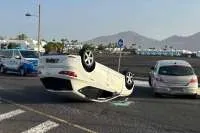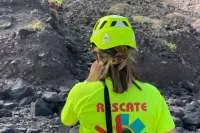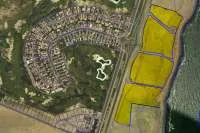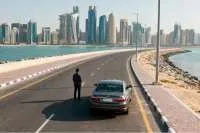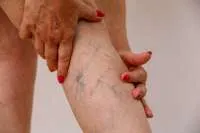Intuitive Urbanism: How Energy Flows Shape Our Cities
- 27-08-2025
- Business
- collaborative post
- Photo Credit: Freepik
If you’ve ever walked into a neighbourhood and thought, This place feels good, you’re not imagining this feeling. Cities, like people, give off a vibe. We pretend it’s all about architecture and zoning laws, but deep down, you know better: there’s an invisible current running through the streets, and you can sense it.
If you want to test your instincts, you can always get your answer from psychics, but the truth is, you already feel it every time you step outside.
Urban planners will tell you that cities are designed on grids and master plans, but the best cities aren’t just designed: they’re choreographed. There’s a flow and an intuitive logic that can make a place feel like it’s holding you or pushing you away. This is the heart of intuitive urbanism.
What Is the Pulse of the City
Every city has a heartbeat. You notice it in the early morning when delivery trucks are unloading bread to cafés, in the afternoon when children flood playgrounds, in the late night when the lights from upstairs windows remind you that you’re not the only insomniac in town.
This pulse is a collective rhythm. It comes from how people interact with space, how light bounces off buildings, how air moves down a street, and yes, even how history lingers in the stones beneath your feet. Paris has a different heartbeat than New York. Tokyo has a different heartbeat from Mexico City. You can feel it without ever looking at a guidebook.
The rules are simple. When that rhythm is in sync with you, you stay. When it’s off, you leave.
Why Some Streets Feel Alive, and Others Don’t
You’ve walked down those streets. The ones where every café table is full, the music drifts out from shop doors, and the smell of fresh bread makes you want to sit down and stay forever. These streets aren’t always the prettiest, or even the cleanest. What they have is flow.
Flow is what happens when people naturally gather, when there are no invisible barriers between you and what you want to do. The opposite is stagnation: dead corners, endless blank walls, roads so wide you feel like you’re crossing a desert.
Cities that understand flow create spaces that invite you in. They know that people are drawn to light.
The Invisible Architecture of Emotion
Urban designers talk about “place-making,” but what they’re really talking about is emotional design. That little park where the trees are just far enough apart that you feel safe but still hidden is intentional. The café with the chairs angled toward the sidewalk so you can people-watch without being obvious is also intentional.
Cities make you feel something: sometimes joy, sometimes alienation. The best ones feel like they were designed for people rather than cars or corporations.
In intuitive urbanism, every corner carries emotional weight. When the emotional flow of a city is blocked by bad design, you feel it immediately.
Energy Flows Like Water (and Sometimes Traffic)
The art of feng shui has something to say about cities, too. Water should flow. Energy should move. In urban terms, this means streets that curve gently instead of cutting off suddenly. It means intersections that feel like meeting points instead of battlegrounds.
Have you ever noticed how some plazas feel open and inviting, while others feel like no one has ever set foot in them voluntarily? That’s energy flow. Too much, and you feel overwhelmed. Too little, and you feel bored.
How History Shapes the Vibe
You can’t talk about urban energy without talking about ghosts—not literal ghosts (though some cities have those too), but the emotional residue of what’s happened before.
Some neighbourhoods carry a sense of joy that’s lasted generations. Others carry grief. Think about old port cities, where the air still feels thick with stories of arrivals and departures. Or war-torn districts that, decades later, still feel heavy.
When you sense something about a place that you can’t explain, chances are you’re feeling its history. In intuitive urbanism, that history is woven into the design, acknowledged instead of paved over.
Your Role in the Flow
You’re not just a passive observer in this energy network: you’re part of it. Every time you sit at a café table, linger on a corner, or cut through a back alley, you’re shaping the flow of the city.
If you’ve ever lived somewhere long enough, you start to notice how your own patterns create little ripples. The bookstore you always visit on the same time on Saturday. The bench you sit on after work. The path you carve into your neighbourhood just by being there. You’re as much a part of the city’s rhythm as the buses and the pigeons.
Designing Cities with Intuition
The cities that feel best are the ones that blend logic with instinct. They have a sense of humanity woven into their streets.
Copenhagen, with its bike lanes and waterfront cafés, understands that people want to move and linger in equal measure. Barcelona, with its street performers, knows that music and art belong in public space. Kyoto, with its gardens, teaches you that stillness is essential. These cities weren’t just built: they were felt.
What Happens When Energy Gets Stuck
Every city has its dead zones, places where nothing seems to grow, no matter how many new restaurants open. Sometimes it’s bad lighting. Sometimes it’s a street that’s too wide or a corner that feels unsafe. And sometimes, it’s just bad energy.
You know it when you feel it. You walk faster. You avoid eye contact. You make a mental note not to come back.
The good news is that energy can be unblocked. Sometimes all it takes is changing how a space is used, adding art, bringing in vendors, and holding events. Other times it’s a bigger project: opening up sight lines, planting trees, adding places to sit.
Learning to Read the City
The more you pay attention, the more you notice. You start to see where the light falls in the afternoon, where people naturally gather, where they hurry past. You notice which streets make you feel taller, and which make you feel smaller.
Reading a city is like reading a person. You watch the body language. Once you know how to read it, you can’t unsee it.
In the End, Cities Are Just People
When it comes down to it, cities aren’t steel and concrete, they’re people, moving through space, shaping it as they go. The flow of energy in a city is the flow of conversation, commerce, love affairs, arguments, and chance encounters.
Maybe that’s the secret of intuitive urbanism: it’s not just about how a city is built, but how it feels to live there.
You already know what that feels like. You’ve stood on a street corner somewhere, maybe in your own city, maybe halfway around the world, and felt the hum of life moving around you. You didn’t need a map or a history lesson to know you belonged there. You just felt it. If you can trust that feeling, you can find your place anywhere.
Other articles that may interest you...
Trending
Most Read Articles
1.
2.
Featured Videos
A Vision of Elvis Tenerife Promo
- 10-05-2025
TEAs 2025 Highlights
- 17-11-2025






